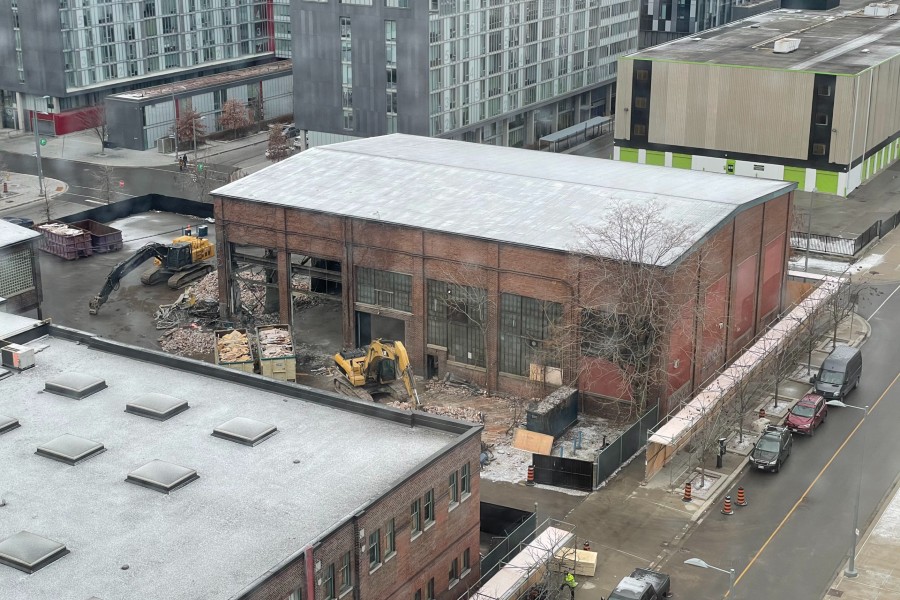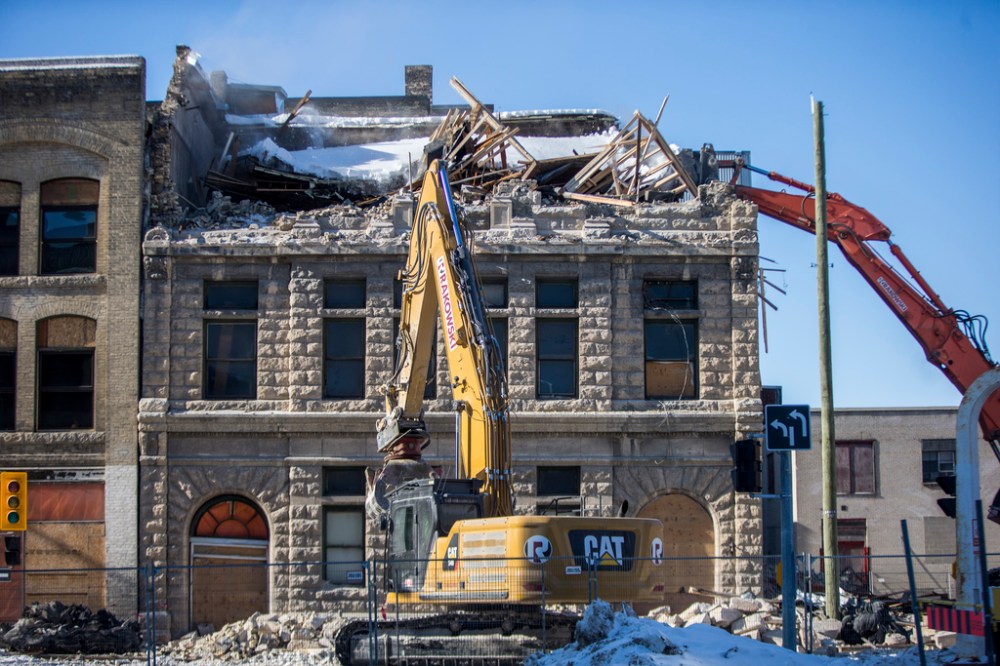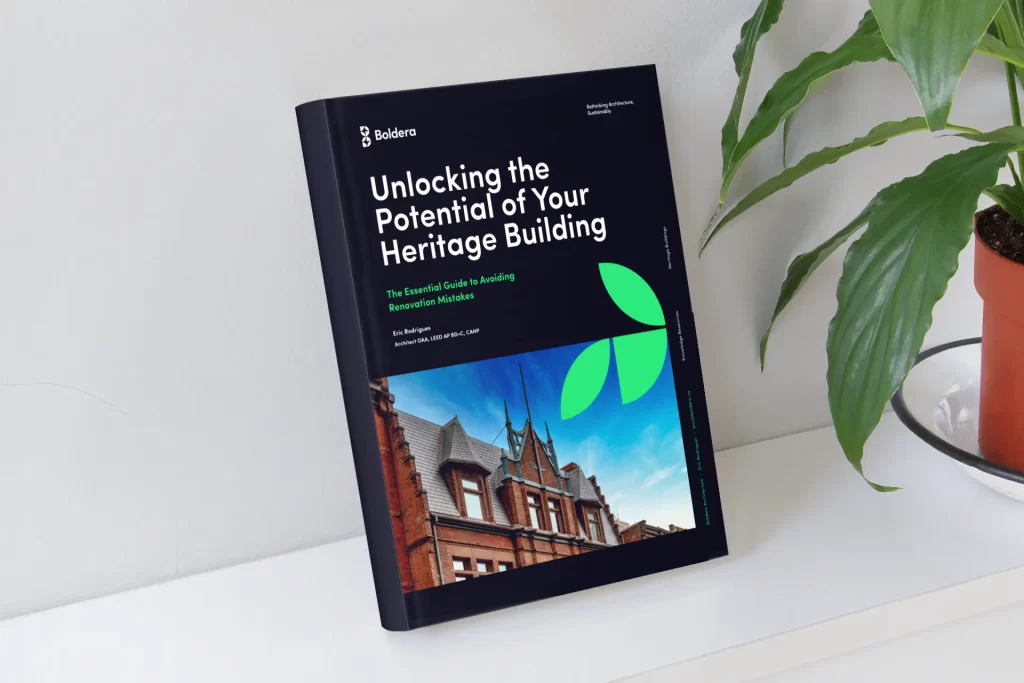Can you demolish a heritage building in Ontario?
Eric Rodrigues, OAA, LEED AP BD+C, CAHP
When it comes to heritage buildings in Ontario, the question of whether you can demolish such structures is not only common but also complex. Heritage buildings are treasured for their cultural, historical, and architectural significance, making their conservation a priority for many communities.
In this article, we will explore the regulations surrounding the demolition of heritage buildings in Ontario, the processes involved, and the implications of such actions.
Understanding Heritage Designation in Ontario
In Ontario, heritage properties are protected under the Ontario Heritage Act, first enacted in 1975. This act enables local municipalities to designate properties of cultural heritage value or interest as “heritage” properties.
Once a property is designated, any alterations, including demolition, require approval from the municipal heritage committee and the local council.
To further understand the different types of heritage properties, you can read my article: Understanding Heritage Properties: Listed vs. Designated.

The demolition of the Foundry building was halted by a court order in 2021. The Govern of Ontario ruled the demolition in contravention of the Ontario Heritage Act (Source: Toronto Star)
The process for demolishing a heritage building:
Heritage Impact Assessment (HIA)
Before any demolition can be considered, a Heritage Impact Assessment must be conducted. This assessment evaluates the property’s historical significance and the impact its demolition would have on the heritage conservation district, if applicable.Consultation with Heritage Committee
Property owners must consult with their local heritage committee. This committee reviews the HIA and provides recommendations to the municipal council, which has the final say.Approval from Municipal Council
After reviewing the committee’s recommendations, the municipal council will make a decision. If the council decides against demolition, the owner might be required to preserve or restore the property instead.Obtaining a Demolition Permit
If the council approves the demolition, a demolition permit must be obtained. Even with this permit, owners must comply with any conditions set by the council, which might include salvaging certain architectural features.
Reasons for approving demolition
Demolition of a heritage building might be approved under specific circumstances, such as:
- Severe Structural Issues: If the building poses safety risks and restoration is not feasible.
- Economic Unviability: If the cost of restoration significantly outweighs the potential return on investment and no practical adaptive re-use is feasible.
- Comprehensive Development Plans: Occasionally, if a new development provides significant benefits to the community, it might be considered over the preservation of a heritage building.

The Scott Memorial Hall in Winnipeg was demolished in 2020 because of imminent risk of collapse. (Source: CBC News)
The role of public opinion and legal challenges
Public opinion plays a crucial role in the fate of heritage buildings. Community groups and heritage advocates can influence decisions through campaigns and participation in public consultations. Additionally, legal challenges can arise, particularly if due process was not followed or if stakeholders believe the municipal council’s decision was unreasonable.
Demolishing a heritage building in Ontario requires navigating a complex regulatory framework designed to protect the province’s cultural heritage. Property owners considering such an action must undertake a thorough consultation process, adhere to strict guidelines, and often engage in lengthy procedures. For those looking to alter or demolish a heritage property, understanding and respecting these processes is crucial for aligning development goals with cultural preservation.
Conclusion
By adhering to these guidelines, stakeholders can ensure that changes to heritage properties are thoughtful and contribute positively to Ontario’s rich historical landscape. Whether you are a property owner, developer, or heritage enthusiast, it is vital to engage with the process respectfully and responsibly, ensuring that our heritage buildings, if they must be altered, are done so with careful consideration for their historical value and communal significance.
If you are considering rejuvenating a heritage building, we can guide you through every step of the process, from feasibility studies to design and construction. Contact Boldera Architects today and let’s explore the possibilities of transforming your heritage building.
I hope this article has helped you with your planning. If you have questions, book a free 30-minutes Discovery Session with Boldera Architecture. This will unlock the full potential of your project and help you develop a quick action plan. My goal is to help you develop successful projects.






